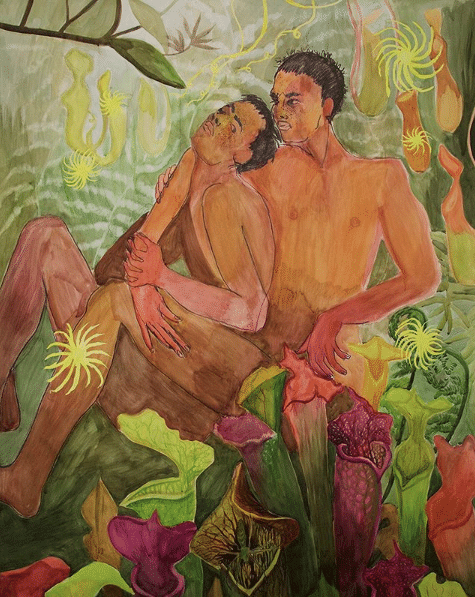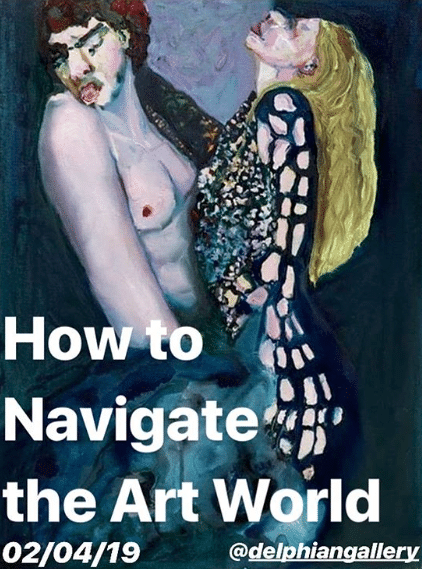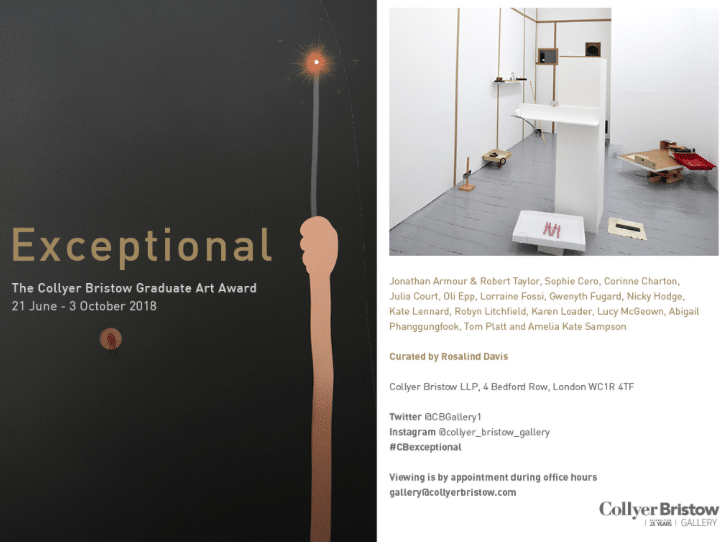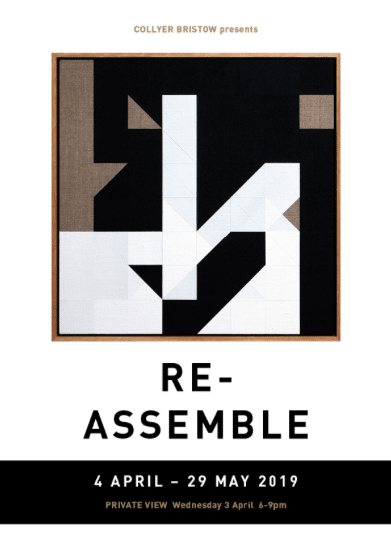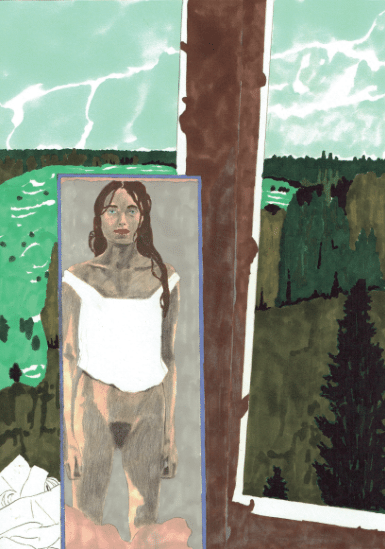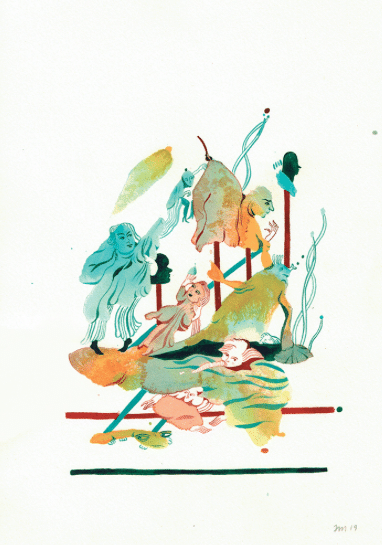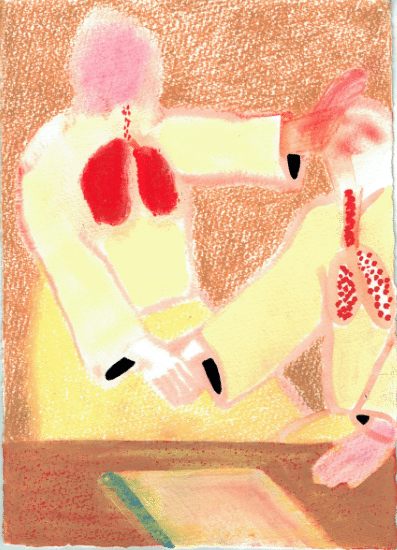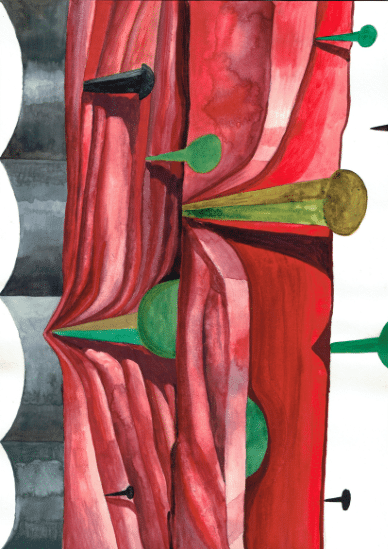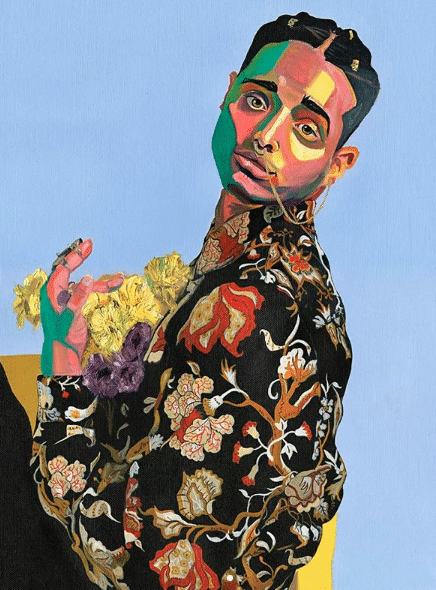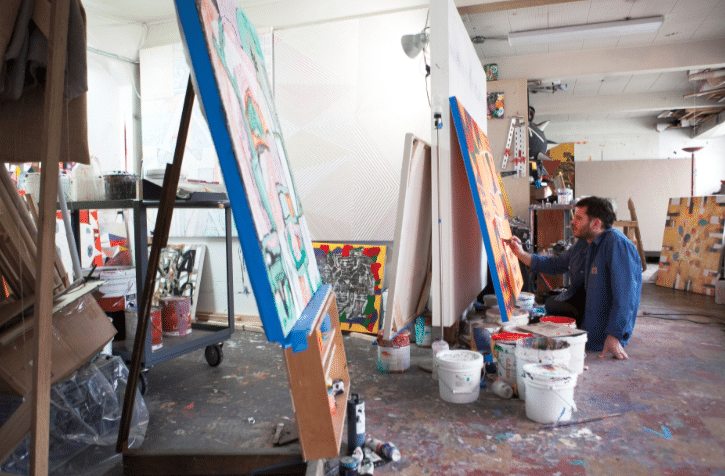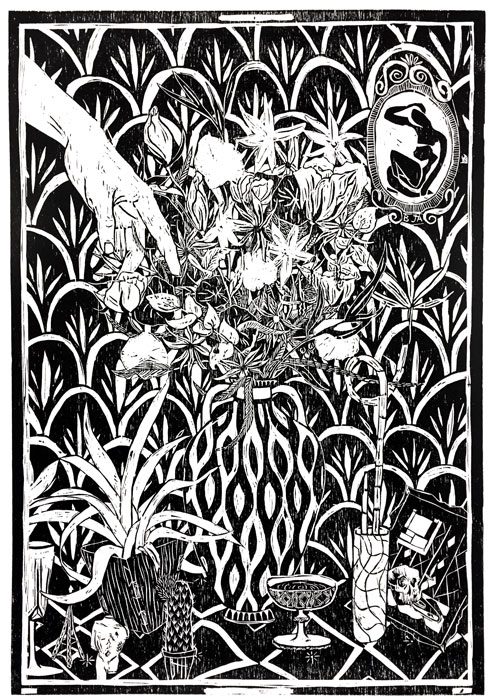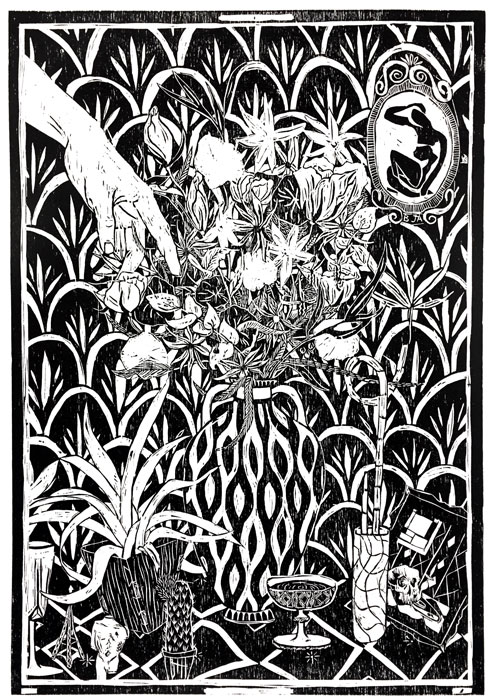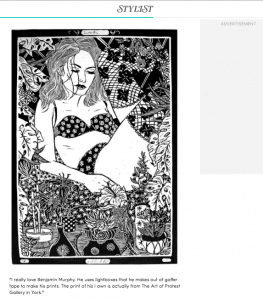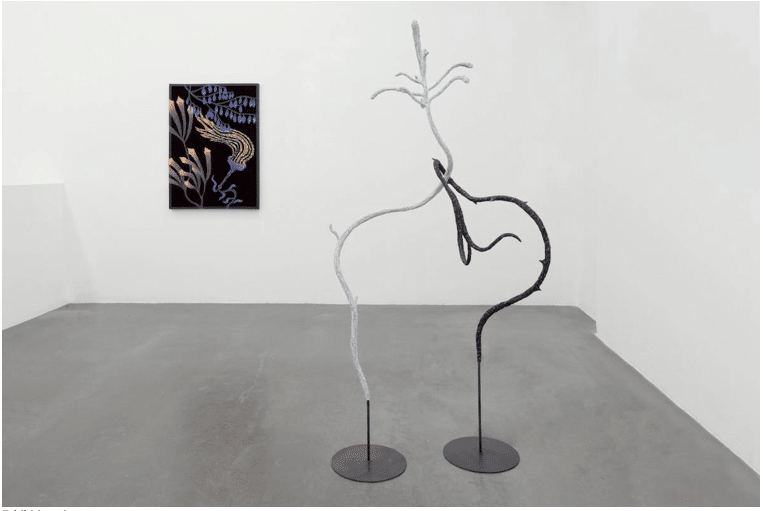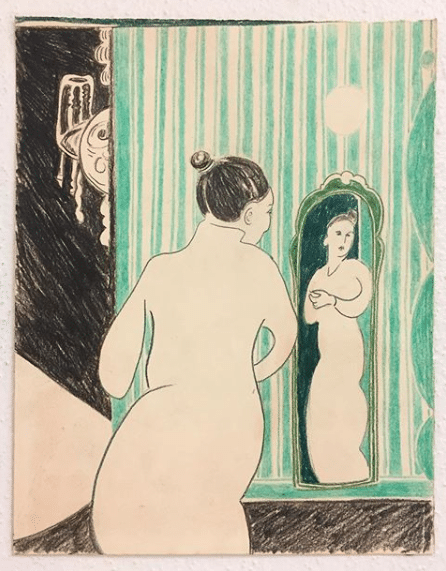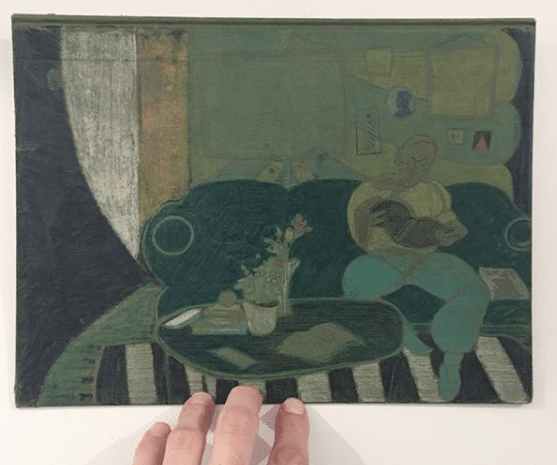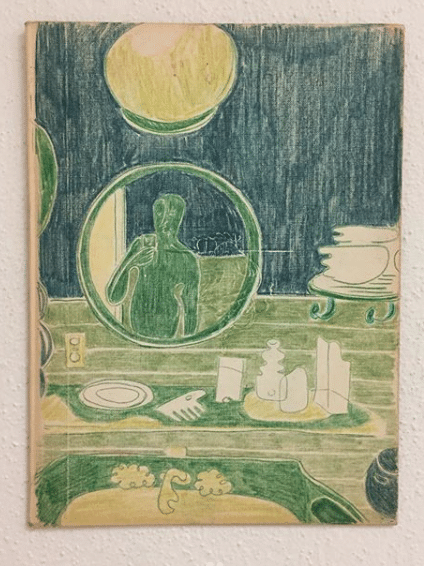Second Fifteen Winners of our 2019 Open Call.
Here are the second fifteen winners of our 2019 Open Call. We had an incredibly difficult time whittling the 10,000 submissions down to just 45, but we got there in the end. Here are the first 15.
The below artists are in alphabetical order, and the works below aren’t necessarily the ones in the show.
Most of the works in the show are available as prints, which you can view by clicking this link.
Gabriele Herzog (@Gabriele_Herzog)
Geoffrey Bohm (@GeoffreyBohm)
Jacob Littlejohn (@JacobALittlejohn)
Jake Grewal (@JakeGrewal)
Jemisha Maadhavji (@Jemisha_Maadhavji)
Jim McElvaney (@JimMcElvaney)
Jonas Mayer (@JonasMayerr)
View this post on Instagram#wip #acrylicpainting #contemporaryart #figurativeart #abstractart #2019 #studio #jonasmayer
Jukka Virkkunen (@JukkaVirkkunen)
Julie Caves (@Julie_Caves)
Kirsten Valentine (@KirstenValentine)
Klaus is Koming (@KlausIsKoming)
Loreal Prystaj (@LorealPrystajPhotography)
Mateusz Sarzynski (@Mateusz.Sarzynski)
View this post on Instagramtrust no one oil paint #polishartist #contemporaryarts #kunst #artbrut #malarstwo #toppaint
Matt Coombs (@Coombs.Matt)
Max Freund (@MaxFreund)

